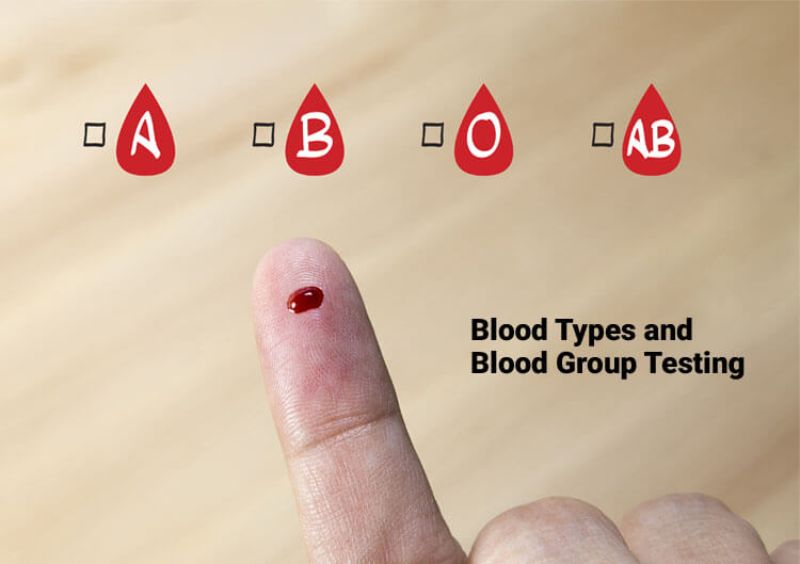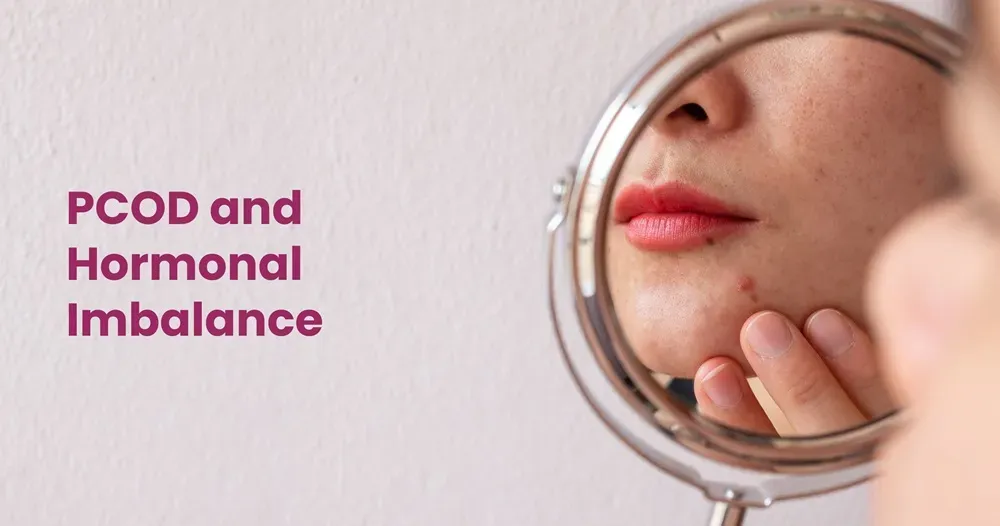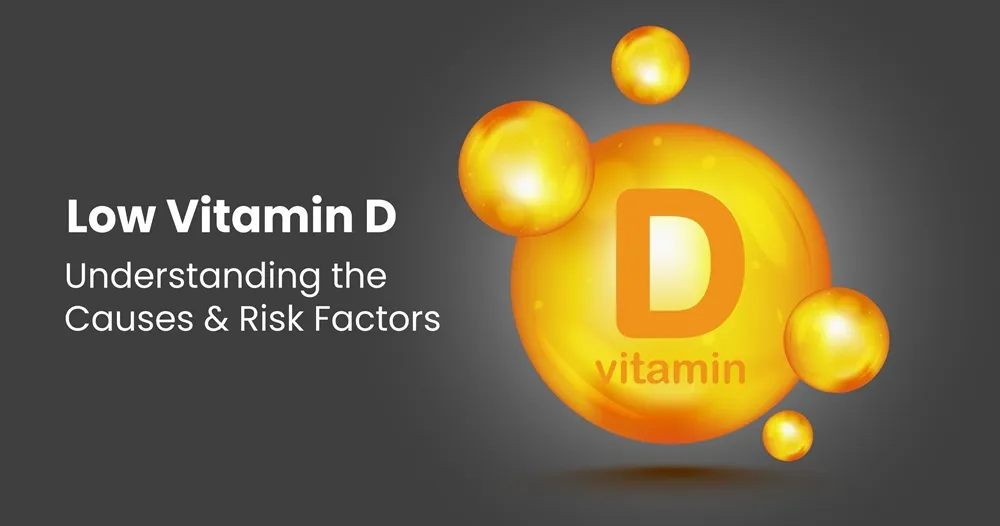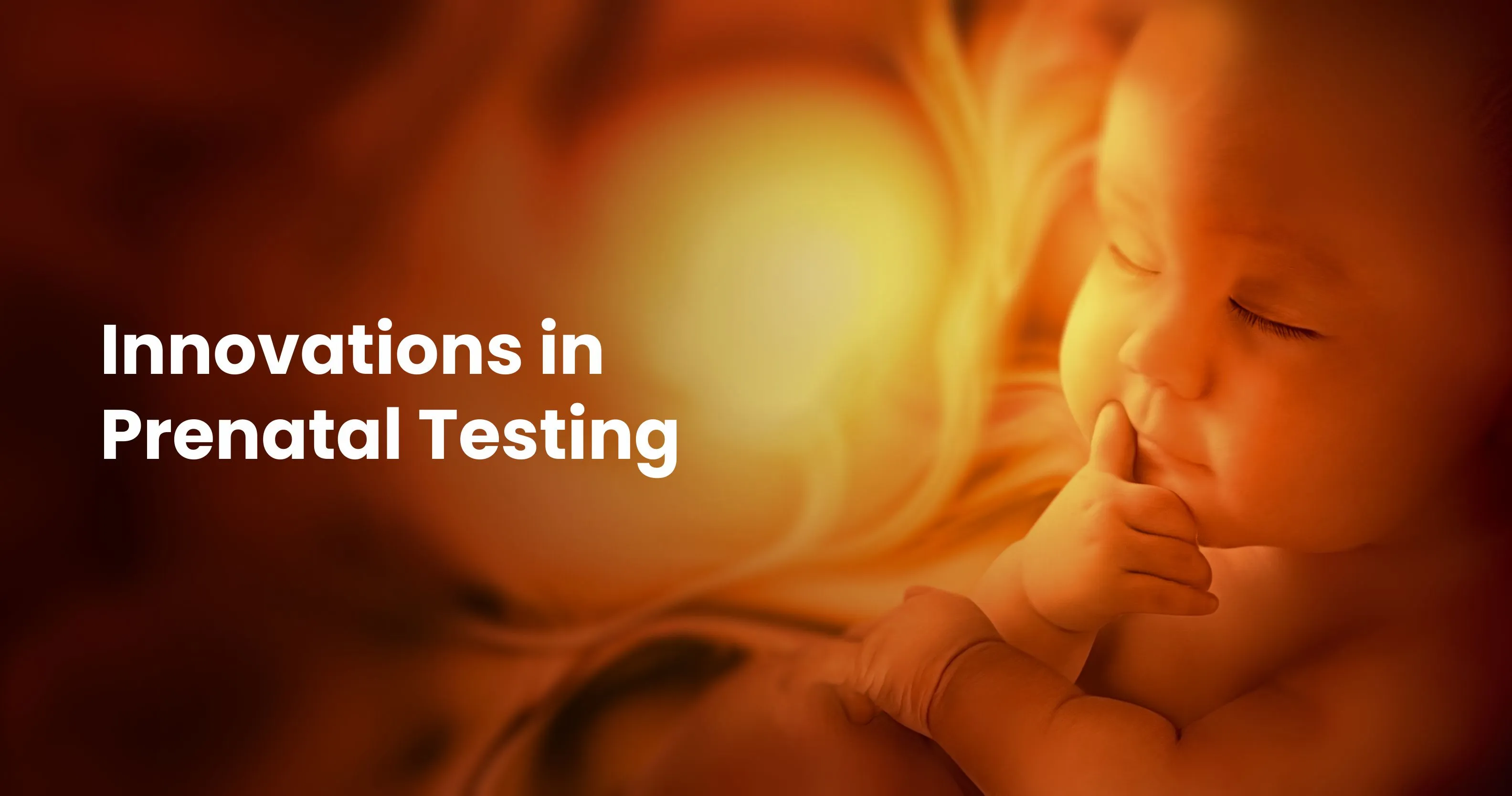Blood Types: How To Test Different Blood Group
Jun 04, 2020

All of us bleed red – but of various types. It is common knowledge that blood can be classified into different blood groups; news scrolls and WhatsApp texts carry urgent requests for a particular type of blood and Facebook’s ‘blood donor’ feature caters to requests based on blood groups. Those of us who are a part of any social network that provides a conduit for blood to flow from person to person, know that the following blood groups (or types) exist: A, B, AB, and O. Also familiar to us, is the positive or negative sign that accompanies these basic blood types, further segregating them into eight groups. On what basis, then, are these divisions organised?
ABO Blood Types
- Blood group A has type A antigens (and type B antibodies)
- Blood group B has type B antigens (and type A antibodies)
- Blood group AB has type A as well as type B antigens (and no antibodies)
- Blood group O has no antigens at all (and both types of antibodies)
- (Antibodies are also protein molecules launched by the body to counter the effect of antigens.)
Rh Blood Types
 (Rhesus) factor. Named after the Rhesus monkey that was mistakenly thought to have the same antigen, this protein – which is also an antigen – is found on the cell membrane of RBCs. The determination of the various types within the Rh factor itself is a complex science, but as far as blood groups are concerned, the classification is based, quite simply, on their presence or absence. Blood that lacks Rh antigens is Rh-negative, and the other kind is Rh-positive. Accordingly, a plus or a minus sign is attached to the ABO classification, giving rise to these types: A+, A-, B+, B-, AB+, AB-, O+, and O-.
(Rhesus) factor. Named after the Rhesus monkey that was mistakenly thought to have the same antigen, this protein – which is also an antigen – is found on the cell membrane of RBCs. The determination of the various types within the Rh factor itself is a complex science, but as far as blood groups are concerned, the classification is based, quite simply, on their presence or absence. Blood that lacks Rh antigens is Rh-negative, and the other kind is Rh-positive. Accordingly, a plus or a minus sign is attached to the ABO classification, giving rise to these types: A+, A-, B+, B-, AB+, AB-, O+, and O-.
What is the significance of blood typing?
What is the testing procedure?
Preparation and Accessibility
No prior preparation is required for a blood group test, other than the extraction of a blood sample. Any diagnostic centre will have a laboratory equipped to perform the test on this sample, but it is always safer to consult an established and reliable organization. Apollo Diagnostics gives the assurance of accurate testing and quick, authentic results. Since a lot depends on this basic test, the earlier it is done, the better. Find your nearest Apollo Diagnostics centre here
Related Blog Post
Blog Categories
- Child Health
- Mens Health
- Women's Health
- Mental Health
- Health Myths & Facts
- Fitness
- Nutrition/Recipes
- Remedies
- Weight Management
- Stress Management
- Health Supplements
- Addiction Management
- Disease Management
- Allergy
- Anemia
- Arthritis
- Asthma
- Autoimmune Diseases
- Blood Pressure
- Cancer
- Deficiencies
- Dengue/Malaria/Chikungunya
- Diabetes
- Eye Problems
- Heart Diseases
- Hepatitis
- HIV/AIDS/STD
- Hormonal Imbalance
- Infection/Flu/Viral
- Kidney
- Liver
- Menstrual Problems
- Pregnancy
- Skin & Hair Problems
- Stomach Ailments
- Thyroid
- Others
- Health Checkups
- Diagnostics/Pathology
- Lifestyle & Wellness
- Covid
- Medical Tests
- Cholesterol
- Health Tips
- Parent Care/Old Age
- Lungs
- Food Intolerance








